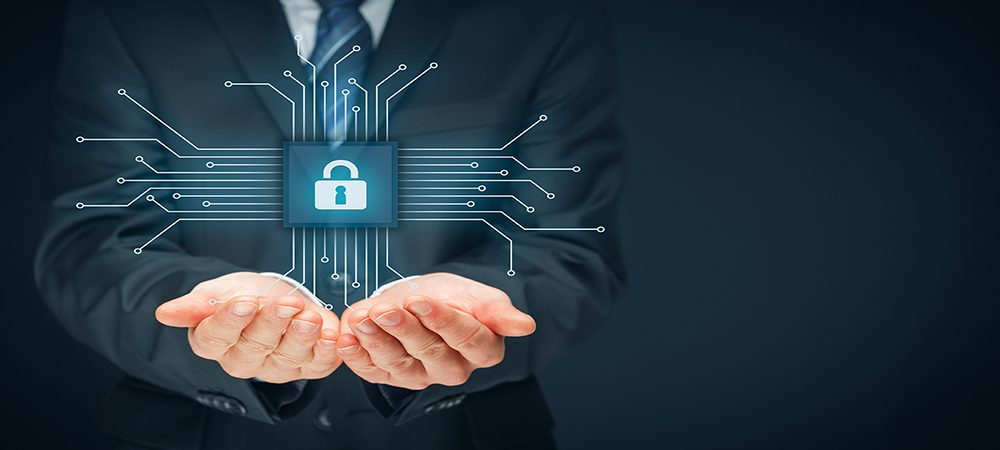The world of work looks very different now to how it did at the start of the year. In just a few short months, organisations have been forced to completely re-think their workplaces and CIOs have been under huge pressure to ensure their infrastructure is secure and able to cope with the added strain. Vijay Babber, Channel Manager at Gigamon Middle East, tells us how IT leaders can ensure their infrastructure is future proofed for the ‘New Tomorrow’.
What challenges are CIOs at organisations in the region facing when it comes to enabling their infrastructure to meet the requirements of today?
COVID-19 has forced CIOs to completely re-think their workplace. Work-from-home (WFH), which used to be a model mostly for remote employees or something granted as an exception, has very quickly become the recommended and preferred approach across many large organisations, for all employees.
Agile working policies, particularly in larger organisations, is a trend which has gradually been increasing over the last few years. However, we are definitely behind the curve in the Middle East region on this. Even the larger organisations who were moving towards this approach were not set up for rapid adoption of a work from home policy for all employees. This set-up dramatically increases the strain on existing IT systems that were never designed for this scenario.
There has been huge pressure to get a sustainable, reliable infrastructure in place as the corporate LAN essentially moves primarily to the WAN.
And the situation is made more complex by the economic uncertainty which drives an increased focus on cost containment across every industry.
Clearly, this raises many concerns for any organisation on how they can remain successful and keep their networks secure.
What are the security implications of the shift in working practices?
Security is a huge concern. Aside from the practical elements of getting everyone physically able to work from home in terms of their desk set-up, this shift in working model has demanded major changes to the organisation’s infrastructure. And now many companies are preparing or already starting to return some staff to workplace.
This puts enormous strain on not only application performance but also on the entire security posture of the organisation. Both network performance and application performance tools will have been deployed to manage the now predominantly WAN-based or mixed traffic.
As the world grappled with those impacts and a drastically changing working model, cyberattackers took advantage of the situation, while thinly stretched IT departments were focused on responding to an unprecedented pandemic. Hackers have scammed individuals, launched phishing attacks to get people to click on malicious links or open infected mail attachments. With some or all of your workforce operating from home, this clearly is a concern.
How is Gigamon supporting companies in the current scenario?
In the present business climate, many organisations have frozen many, if not all, budgets and hiring. This means that pressure is on NetOps and InfoSec teams to do more with their existing resources and maximise the ROI on their current tools’ investment. This is the core of Gigamon’s financial benefits – we enable our customers to get the most out of their existing tools investment as follows:
- Maximising tools efficiency by using Gigamon’s filtering, slicing and de-dupe capabilities to prevent tools needing to inspect safe, low-risk, irrelevant and duplicate traffic.
- AFI takes efficiency and effectiveness one level higher by prioritising apps that need inspection (Dropbox, file sharing apps, etc.) and most tools can bypass them. (Windows OS updates, Spotify, etc.)
- Reducing tools traffic also reduces storage costs associated with these tools and can prevent potentially expensive tool upgrades.
- Centralising TLS decryption capabilities allow traffic to be decrypted and inspected once before being re-encrypted and then shared across multiple tools
- Extending the lives of older tools by addressing bandwidth and compatibility limitations to enable for example a 10GB port tool to be deployed in a 100GB network
What does the new tomorrow look like?
With companies now planning safe return to workplace, many companies – as many as 75% according to Gartner – are now considering continuing work from home policies post COVID for many of their staff. This is a huge change and one that will impact company infrastructure, but I think this will be very positive in terms of Digital Transformation adoption in the region.
How can CIOs ensure their infrastructure is future-proof?
CIOs need to be prepared for every eventuality. Having visibility of their network as it grows in both speed and complexity is key. Having control across physical, virtual and cloud infrastructures means that CIOs can ensure a more agile network that’s ready for any Digital Transformation and every eventuality.
What are the implications of not taking steps to progress Digital Transformation strategies?
It’s widely accepted that consumers will pay for a better user experience and they would also stop engaging with a vendor if that vendor experienced a breach. Not being on the Digital Transformation road would undoubtedly make it very difficult for companies to meet customer experience expectations whilst also delivering the expected levels of performance and ensuring optimum security and compliance. Those not progressing their DX strategies will undoubtedly get left behind.
Are there any other emerging trends of which CIOs should be aware of?
Digital Transformation means new technology, which clearly evolves at an exponential rate. Some new technology trends emerging include anything from multi-tiered container-based applications deployed across a hybrid cloud infrastructure, to operational technology and enterprise mobility. Visibility into all these complex infrastructures will be critical.


